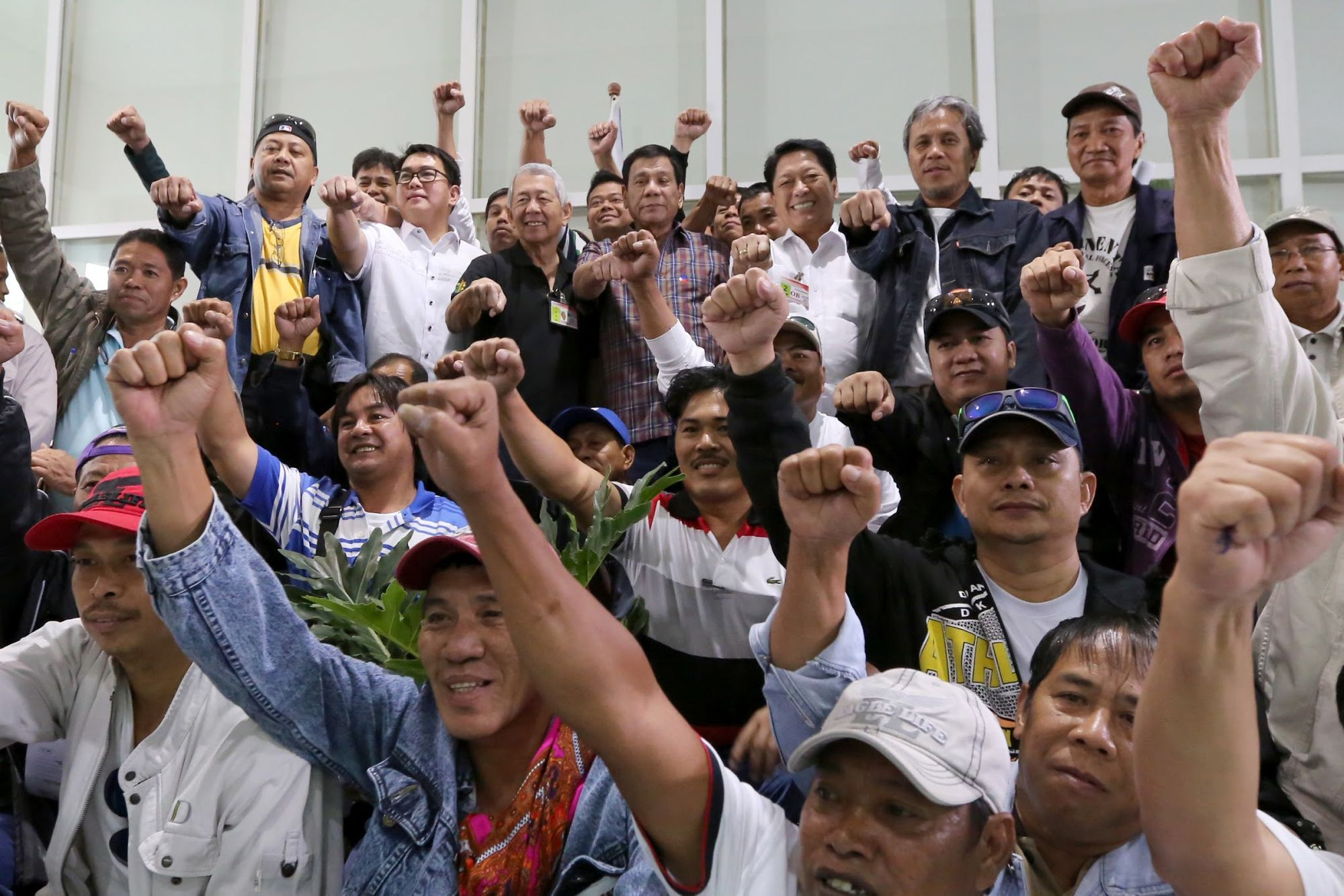Canada's Immigration Overhaul: Trudeau's Controversial 2024 Policies and 2025 Plans
The year 2024 witnessed a significant reshaping of Canada's immigration landscape under Prime Minister Justin Trudeau's administration. While the government aimed to streamline processes and align immigration pathways with economic goals, the changes sparked controversy and debate. This article delves into the key updates, challenges, and future directions of Canada's immigration policies.
2024: A Year of Transformation and Turmoil
Several key immigration programs underwent major revisions in 2024, prompting both praise and criticism. The changes were intended to address backlogs, improve efficiency, and better meet the needs of Canada's economy. However, critics argued that some policies were too restrictive and negatively impacted certain groups of applicants.
The Francophone Immigration Pathway
One notable development was the launch of a new immigration pathway specifically targeting French-speaking individuals. This initiative aimed to support the growth of Francophone communities outside of Quebec, attracting skilled workers proficient in French. Candidates required a job offer and recommendations to qualify, demonstrating a focus on connecting skilled immigrants to specific needs in regions across the country. The details of this program included requirements for valid temporary status for applicants within Canada and specified work experience requirements. The eligibility criteria encompassed factors such as job offers, recommendations from designated employers, and language proficiency requirements, making this a selective process focused on matching French speaking skilled workers to specific community needs across the country. The program also requires an IRCC-approved language test for French proficiency and proof of education via Canadian credentials or a recent Education Credential Assessment (ECA). Applicants must also meet funding requirements based on family size. This new program represents a step towards more targeted immigration policies that actively support specific communities and economic needs within Canada. The long-term success of this program depends on effective implementation and monitoring. This new pathway is currently expected to last for five years.
Changes to the Provincial Nominee Programs (PNPs)
The Provincial Nominee Programs (PNPs), a crucial component of Canada's economic immigration strategy, also faced significant adjustments in 2024. The government implemented stricter caps and shifting priorities, reducing the overall number of admissions through PNPs. This reflects a broader government strategy to prioritize smaller, underserved communities and align immigration with regional development goals. Provinces were now tasked with prioritising applicants for smaller, underserved communities, aligning with Canada’s broader strategy of encouraging regional development. This shift in focus has spurred discussions on the balance between attracting skilled workers and supporting regional economic growth.
Modifications to the International Mobility Program
The International Mobility Program (IMP), aimed at bringing temporary foreign workers to Canada, also underwent modifications. The government updated certain procedures and eligibility conditions to better align the program with current labor demands and immigration targets. These modifications included stricter requirements for work permits, tighter monitoring of employers' compliance with labor standards, and stronger emphasis on the economic benefits that foreign workers could bring to Canada. These adjustments underscore the increasing focus on aligning immigration policies with ongoing economic goals.
Controversial Changes to the Express Entry System
The Express Entry system, a points-based system for selecting skilled workers, has faced criticism over several changes. While designed to select those most aligned with the Canadian labor market, concerns were raised about the impact of recent modifications on applicants' ability to score enough points to be eligible. Specifically, some worry that the increased focus on human capital factors over employment offers makes it difficult for some qualified candidates to reach the required score. Concerns were raised regarding the relative weighting of different factors. Further, those outside of the system who held H-1B visas faced new rules regarding eligibility, demonstrating the increasing selectivity of the Canadian immigration process.
2025 and Beyond: Looking Ahead
The year 2025 is expected to see continued adjustments to Canada's immigration system. While the exact nature of these changes remains to be seen, certain trends are likely to persist. The focus on regional development and attracting skilled workers to specific communities, the implementation of stricter regulations for employers, and ongoing efforts to streamline application processes are all likely to shape future policy decisions. The Canadian government’s future policies will likely continue to place significant weight on aligning immigration with economic needs, with a focus on addressing labor shortages in key sectors. The need to balance efficient processing with fairness and inclusivity will continue to be a challenge. The success of the Canadian immigration system rests on its ability to adapt to changing economic conditions while maintaining the country's commitment to welcoming immigrants from all backgrounds.
The Future of Canadian Immigration: Navigating a Complex Landscape
Canada’s immigration system is a dynamic entity. It is continuously navigating complex demographic, economic, and social factors. The system’s future will hinge on successfully balancing the need for skilled labor with broader national goals, such as fostering inclusive communities and managing economic growth sustainably. The government’s ability to adapt its policies to changing circumstances while effectively processing applications and providing fair, transparent processes will determine the long-term success of its immigration programs.
The coming years will necessitate proactive engagement with stakeholders, continual evaluation of the system’s performance, and commitment to adapting to evolving global trends. The Canadian government’s commitment to addressing these challenges will define the success of the Canadian immigration system in the years to come. The overarching goal is to create a system that attracts skilled workers while managing the integration of newcomers into Canadian society.



















